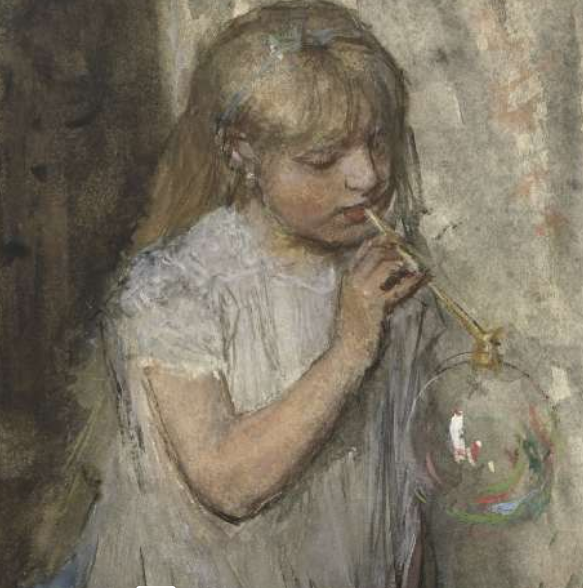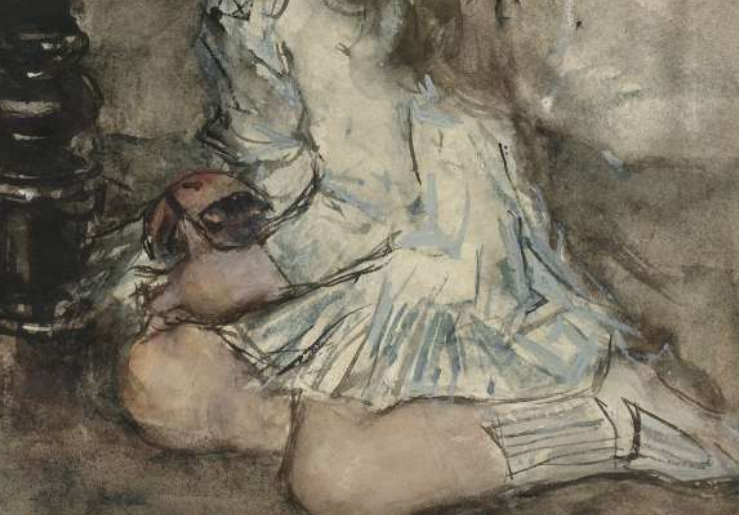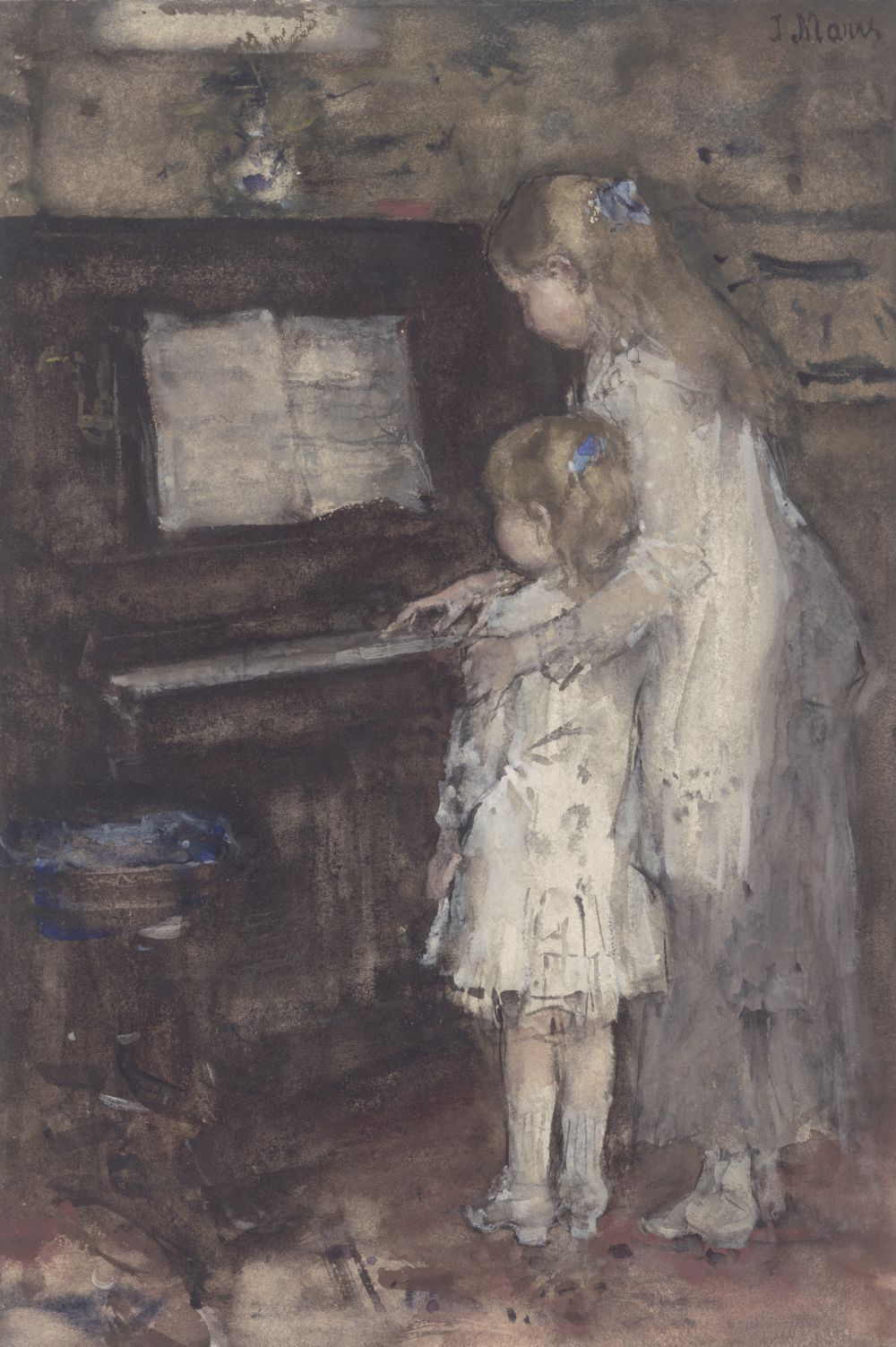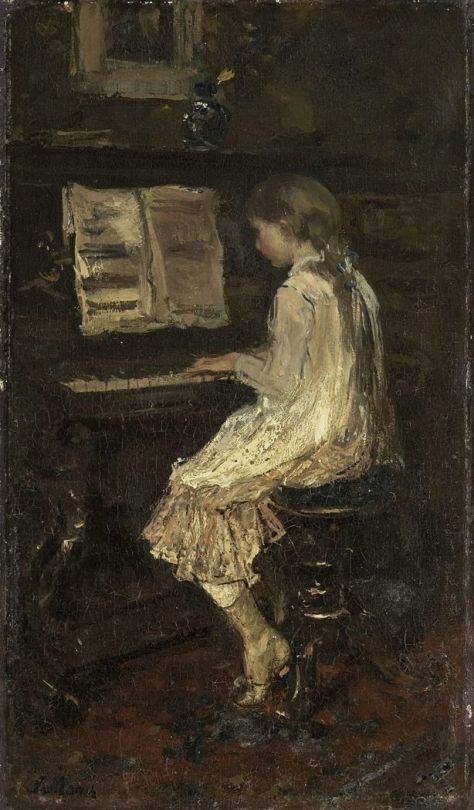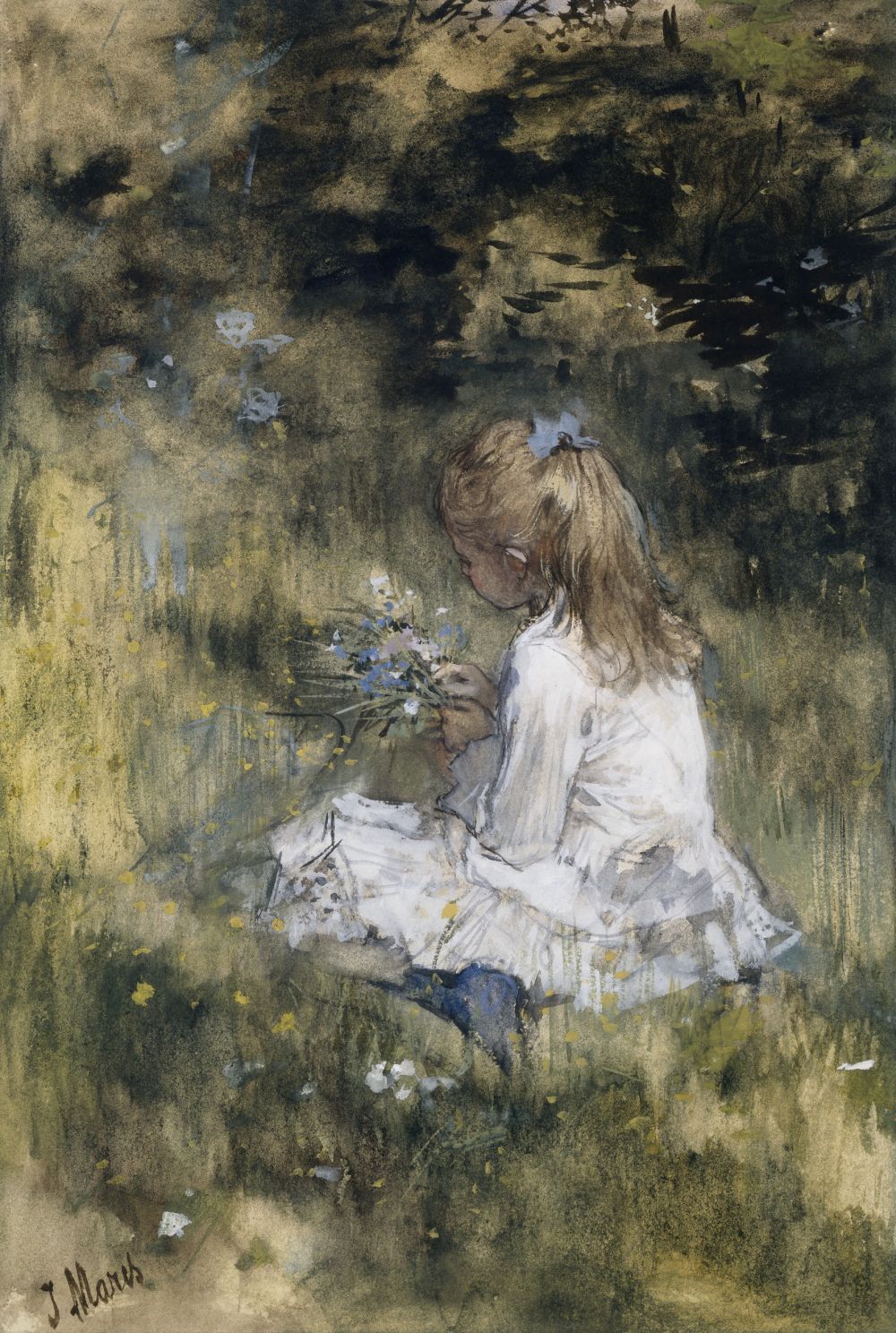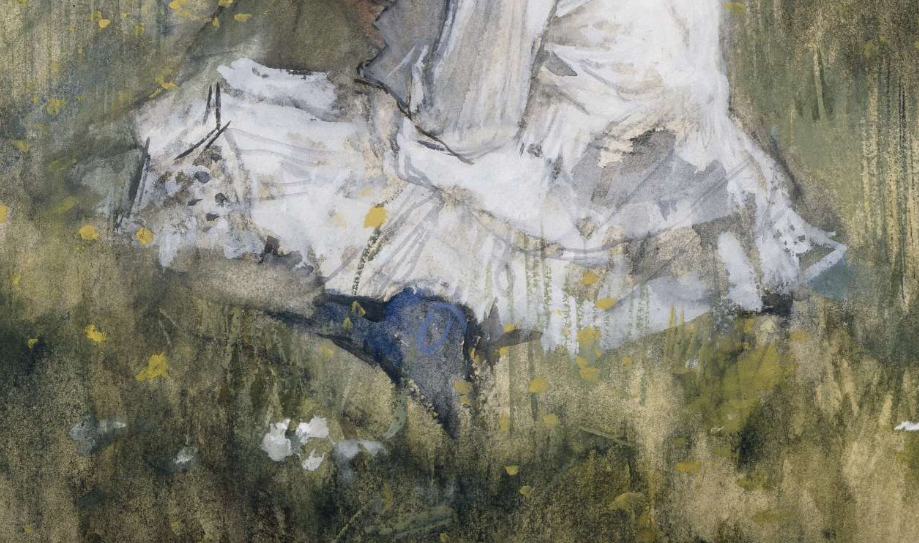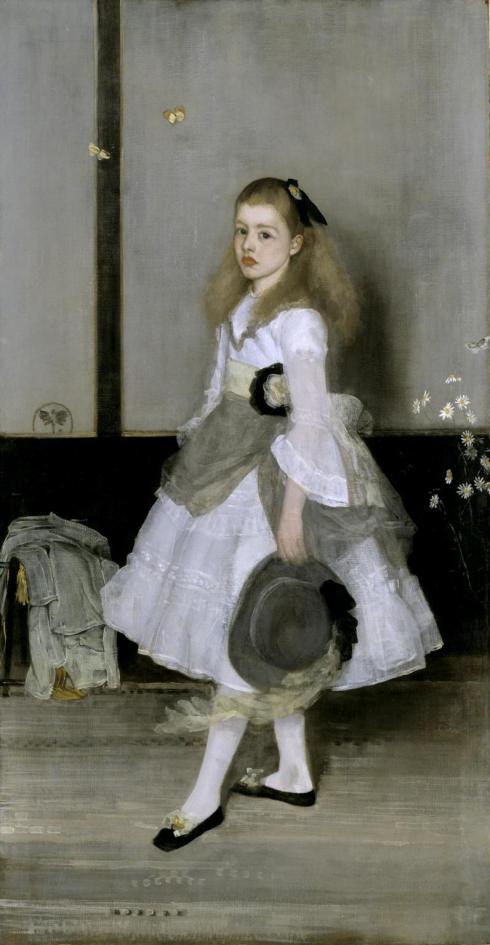 Leonard Tsuguharu Foujita, Little Girl with a Doll (Fillette a la poupée), 1950-51
Leonard Tsuguharu Foujita, Little Girl with a Doll (Fillette a la poupée), 1950-51
Japanese artist Tsuguharu Foujita was born in a rich, aristocratic family in Tokyo and he had an urge to study Western art since a very early age. As soon as he had graduated high school, he wanted to move to Paris to study the art he so admired but was advised by a family member to stay in Japan for a little while longer and study Western art there. In 1913, at last, Foujita moved to Paris and settled in Montparnasse where he quickly befriended fellow bohemians and artists such as Chaim Soutine, Picasso, Henri Matisse and Modigliani. Foujita was a vibrant, extroverted and eccentric addition to the artist’s colony in Montparnasse. Some of his eccentricities include wearing a lampshade whilst going to the opera and pretending that it was a common thing in Japan; he was known for throwing big, lavish parties and wearing eye-catching clothes and haircuts; he was married five times and each of his wives also served as his model. Women, cats, and little girls with their dolls were a common and repetitive motif in Foujita’s art. Recently these paintings of girls, all painted during the last decade of Foujita’s life, caught my attention because they are so unique and strange.
Painting “Little Girl with a Doll” is an oil on canvas from 1950-51 but at first sight it looks like a drawing, at least to me. It’s only if you take a closer look that you see the visible brushstrokes, especially on the creases on the girl’s dresses. This isn’t unusual because Foujita loved trompe-l’oeil, and he often showed little interest in the effect of volume, preferring the flatness which is a typical element of Japanese art. Standing against the grey doors a blonde girl with a ponytail is painted holding her Japanese doll. All of Foujita’s drawings of girls follow the same formula; a closely cropped girl, very pale, with thin lips, blonde hair and no eyebrows, dressed in strange off-the shoulder dresses, holding a cat or a doll, with a simple background or one showing a townscape.
These girls look out of time and out of place; their pale oval faces with thin lips, no eyebrows and thin hair make me think of late Medieval and early Renaissance portraits of damsels and martyrs. Their appearance is very different to the beauty ideal of the times, just think of Sandra Dee and how different these girls are to her. And yet, the girl’s clothes brings to mind the Rococo era; they are like little Rococo orphans, in fancy yet worn-out clothes, looking like wistful little dolls; forgotten and left behind… Painting “Little Girl with Clasped Hands” has a specially early Renaissance flair; the girl’s head-wear is reminiscent of that worn by many Tudor ladies and Henry VIII’s unfortunate wives, and the composition of a girl with the town in the background is also very Medieval. Foujita mixes all these elements together in these oil on canvases and still manages to create something unique and eye-catching.
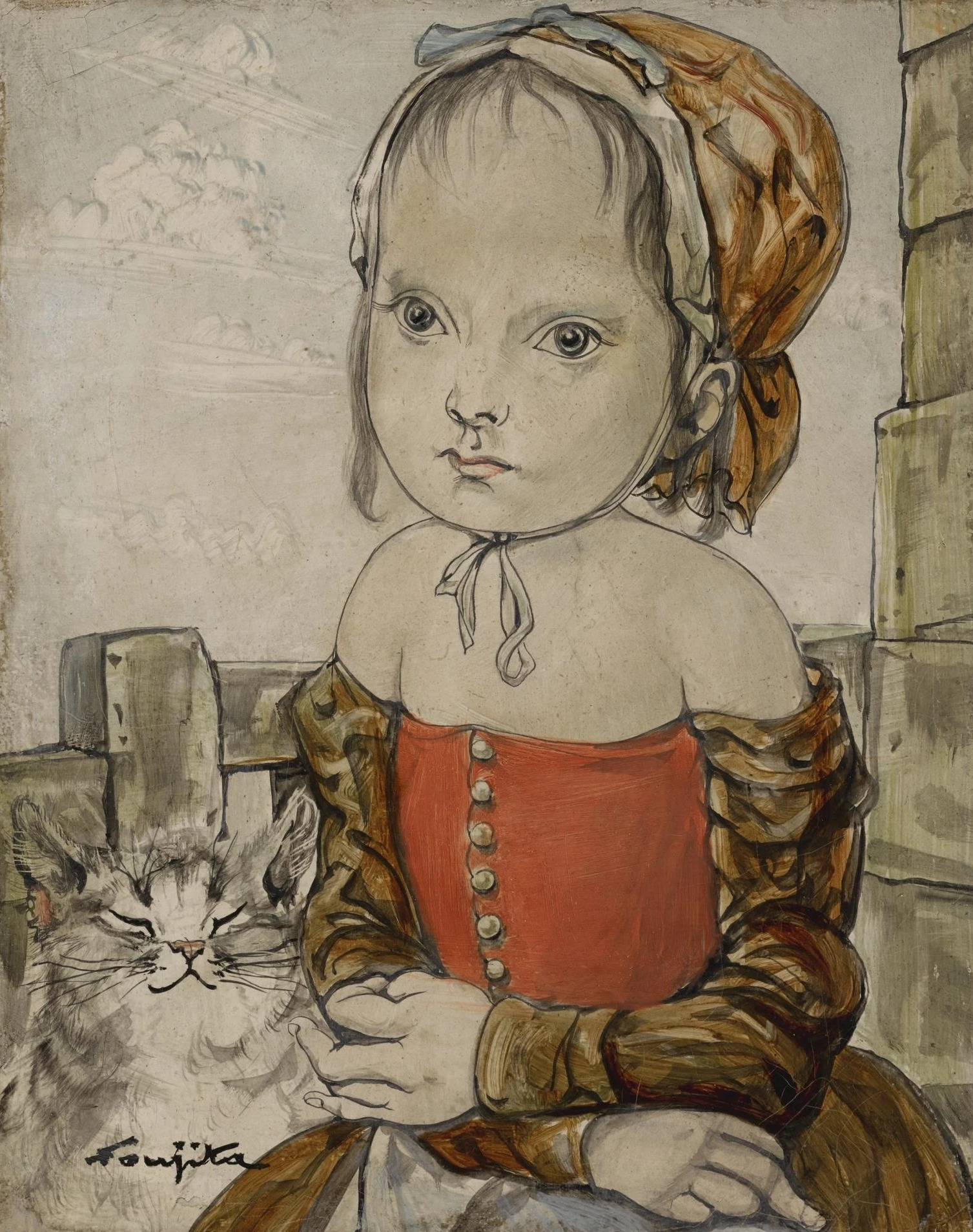
Foujita, Little Girl With a Cat (Fillette au chat), 1955
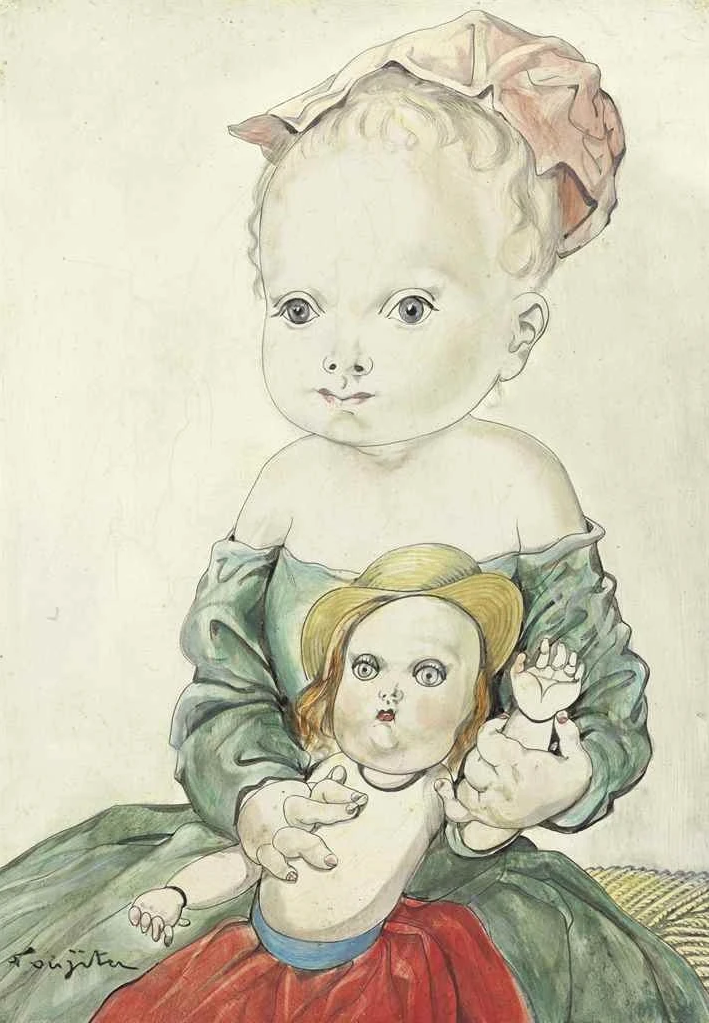
Foujita, Little Girl With a Doll (Fillette avec poupée), 1951

Foujita, Girl With Clasped Hands (Fillette aux mains jointes), 1960
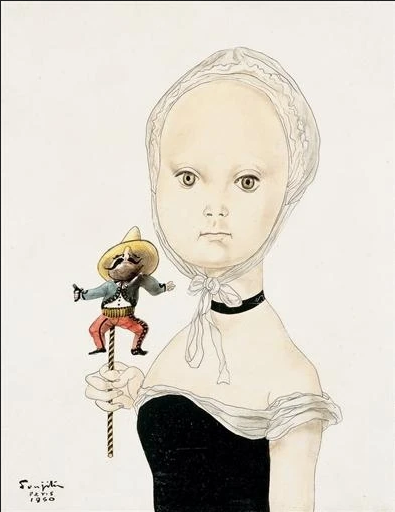 Foujita, Little Girl with a Mexican Doll (Fillette à la poupée mexicaine), 1950
Foujita, Little Girl with a Mexican Doll (Fillette à la poupée mexicaine), 1950



